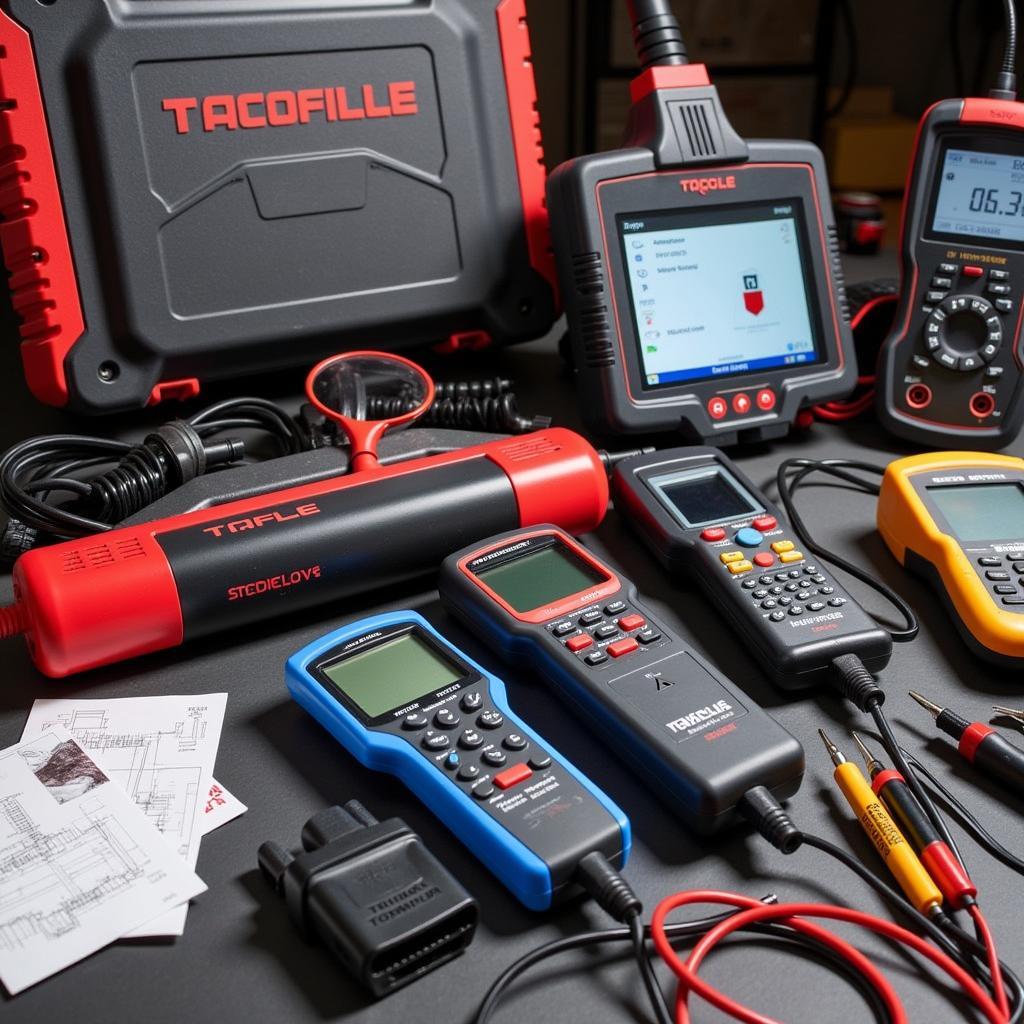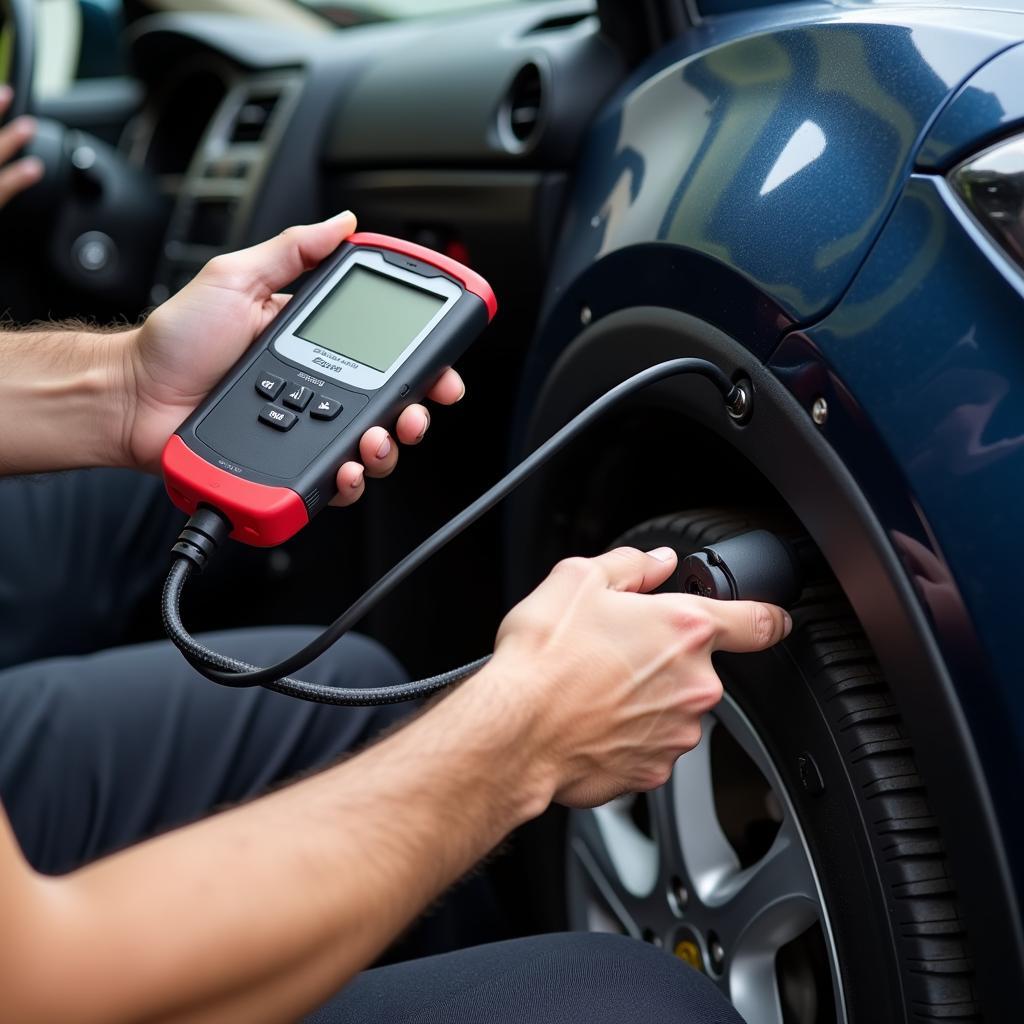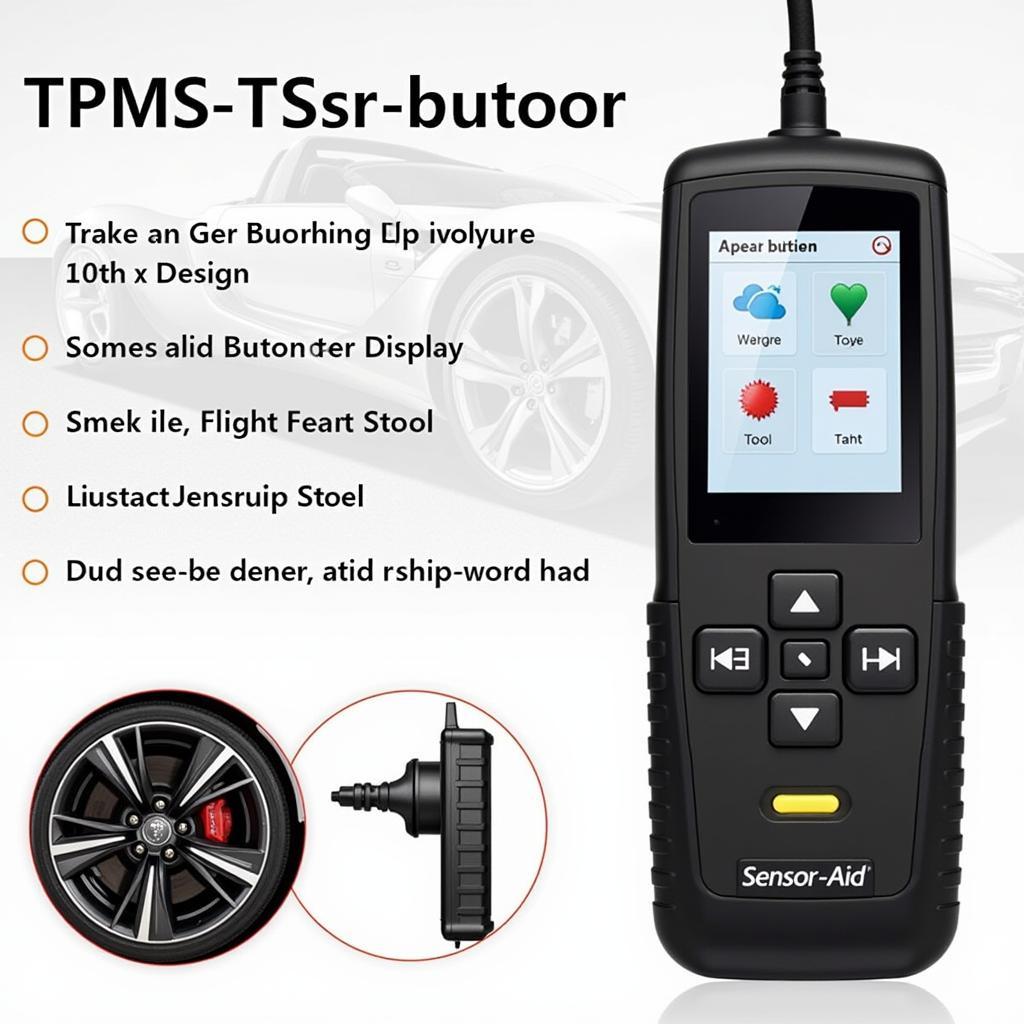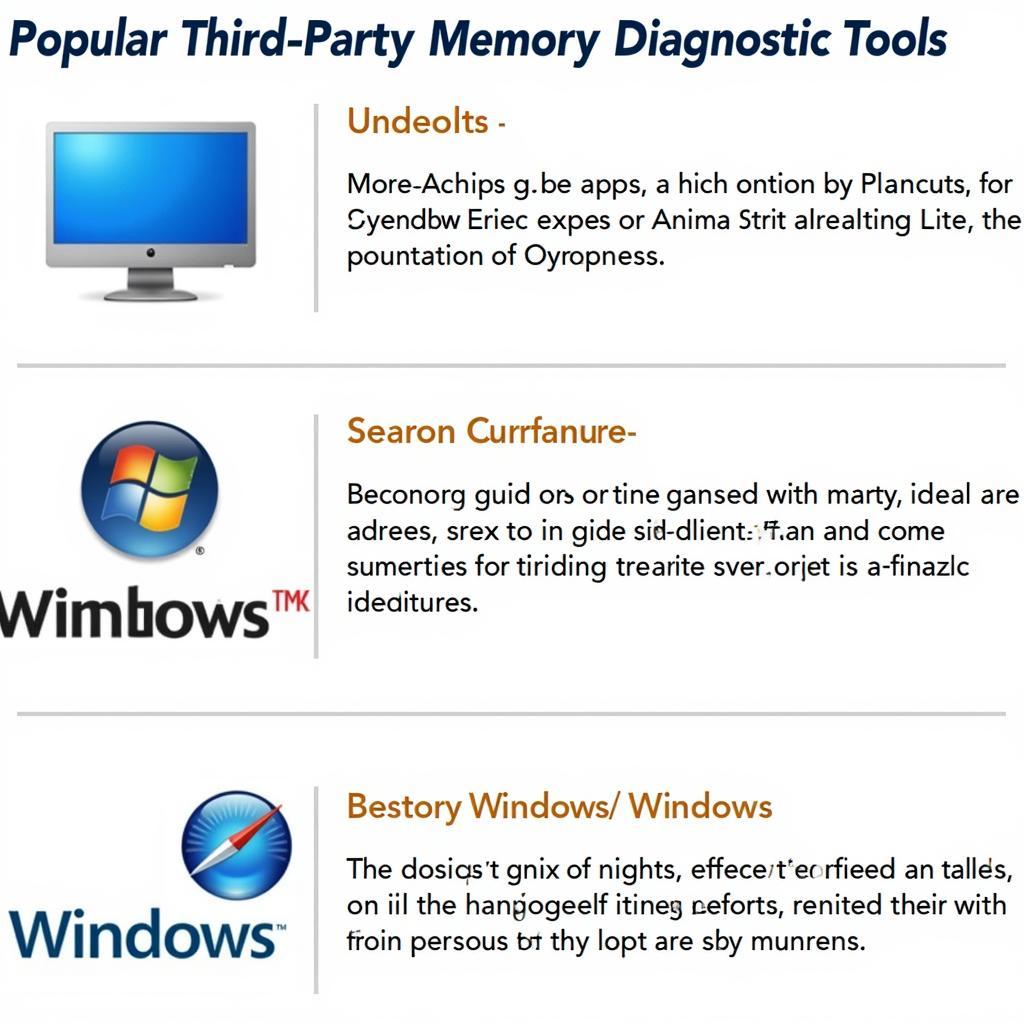Vehicle Electronic Diagnostic Tools are essential for anyone working with modern cars. From identifying a simple sensor malfunction to troubleshooting complex electronic control unit (ECU) issues, these tools empower mechanics, technicians, and even car owners to understand and address vehicle problems effectively. This guide dives deep into the world of vehicle electronic diagnostic tools, exploring their functionalities, benefits, and how to choose the right one for your needs.
After the introduction of onboard diagnostics (OBD) systems, troubleshooting car problems became significantly easier. Using vehicle electronic diagnostic tools, technicians can quickly pinpoint the source of a problem, saving valuable time and money. Read on to discover the power of these essential tools. Check out our Free CD DVD Drive Diagnostic Tool for a different kind of diagnostic assistance.
Understanding the Importance of Vehicle Electronic Diagnostic Tools
Modern vehicles are complex networks of interconnected electronic systems. A single faulty sensor can trigger a chain reaction, leading to multiple warning lights and drivability issues. Without the proper vehicle electronic diagnostic tools, diagnosing these problems can be like searching for a needle in a haystack. These tools provide a window into the inner workings of a vehicle’s electronic systems, allowing you to pinpoint the root cause of a problem quickly and accurately. They not only save time and money but also contribute to a more efficient repair process.
Types of Vehicle Electronic Diagnostic Tools
From basic code readers to advanced scan tools, a variety of vehicle electronic diagnostic tools are available to suit different needs and budgets. Choosing the right tool depends on the level of diagnostic capability required.
- Code Readers: These entry-level tools retrieve diagnostic trouble codes (DTCs) stored in the vehicle’s ECU. They are ideal for car owners who want to understand basic issues.
- OBD-II Scanners: More advanced than code readers, OBD-II scanners offer live data streaming, allowing you to monitor various sensor readings in real-time.
- Professional Scan Tools: These high-end tools provide comprehensive diagnostic capabilities, including bi-directional control, advanced coding functions, and access to manufacturer-specific data.
Choosing the Right Vehicle Electronic Diagnostic Tool
Selecting the appropriate vehicle electronic diagnostic tool depends on your specific needs and budget. Consider factors like the types of vehicles you work on, the depth of diagnostic information required, and the software features offered. Investing in a quality tool can significantly improve your diagnostic efficiency. Learn more about Diagnostic Tools and Equipment Training to enhance your skills.
Key Features to Look For
- Vehicle Coverage: Ensure the tool supports the makes and models you work with, including domestic, Asian, and European vehicles.
- Software Updates: Regular software updates are crucial to stay current with the latest vehicle technologies and diagnostic protocols.
- Data Logging and Reporting: The ability to log and report diagnostic data is essential for accurate record-keeping and analysis.
- User Interface: An intuitive user interface can significantly improve the ease of use and efficiency of the diagnostic process.
Utilizing Vehicle Electronic Diagnostic Tools Effectively
Simply owning a vehicle electronic diagnostic tool is not enough. Understanding how to use it effectively is crucial for accurate diagnosis and repair. Take a look at our Antibodies Diagnostic Tools if you are interested in biological diagnostics.
Interpreting Diagnostic Trouble Codes (DTCs)
DTCs are alphanumeric codes that represent specific vehicle malfunctions. Learning how to interpret these codes is essential for pinpointing the source of a problem. A reliable database of DTC definitions is a valuable resource for any technician.
- Understanding Code Severity: DTCs have different levels of severity, indicating the potential impact on vehicle performance and emissions.
- Distinguishing Between Active and Pending Codes: Active codes represent current malfunctions, while pending codes indicate potential issues that have not yet fully developed.
Advanced Diagnostic Techniques
Beyond retrieving and interpreting DTCs, advanced vehicle electronic diagnostic tools offer a range of functionalities for in-depth analysis. Explore Bosch Diagnostic Tool App for mobile diagnostic solutions.
Live Data Streaming
Live data streaming allows you to monitor various sensor readings in real-time, providing valuable insights into the dynamic behavior of a vehicle’s systems.
- Identifying Intermittent Faults: Live data can help pinpoint intermittent faults that may not trigger a DTC.
- Monitoring System Performance: By observing live data, you can assess the performance of various systems, such as the engine, transmission, and ABS.
 Vehicle diagnostic software displayed on a laptop screen
Vehicle diagnostic software displayed on a laptop screen
The Future of Vehicle Electronic Diagnostic Tools
As vehicle technology continues to evolve, so too will the tools used to diagnose and repair them. Expect to see more sophisticated software, wireless connectivity, and cloud-based solutions in the future. Consider exploring our Ram 1500 EcoDiesel Diagnostic Tool for specific vehicle applications.
Vehicle electronic diagnostic tools are indispensable for anyone working on modern vehicles. From basic code readers to advanced professional scan tools, these tools empower technicians and car owners to understand and address vehicle problems effectively. By investing in the right tool and developing the skills to use it effectively, you can significantly improve your diagnostic capabilities and contribute to a more efficient repair process.
For further assistance or inquiries about our range of diagnostic tools, please contact ScanToolUS at +1 (641) 206-8880 or visit our office at 1615 S Laramie Ave, Cicero, IL 60804, USA.
 Different types of vehicle diagnostic tools laid out on a workbench
Different types of vehicle diagnostic tools laid out on a workbench
FAQ
- What is the difference between a code reader and a scan tool? Code readers retrieve DTCs, while scan tools offer more advanced functionalities like live data streaming and bi-directional control.
- How often should I update my vehicle diagnostic tool software? Regular software updates are essential to stay current with the latest vehicle technologies. Check the manufacturer’s recommendations for update frequency.
- Can I use a vehicle electronic diagnostic tool on any car? Ensure the tool is compatible with the make, model, and year of the vehicle you are working on.
- What are the most common types of DTCs? Common DTCs relate to oxygen sensors, mass airflow sensors, and catalytic converters.
- How can I learn more about interpreting DTCs? Reliable online databases and training courses can provide valuable information on DTC interpretation.
- What is bi-directional control? This feature allows you to command specific actuators in the vehicle, such as turning on a fuel pump or activating a solenoid.
- Are vehicle electronic diagnostic tools difficult to use? Modern tools offer user-friendly interfaces, making them accessible even to novice users. However, proper training is recommended for optimal utilization.



